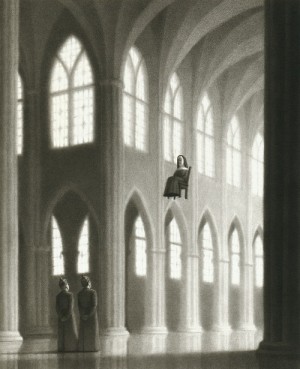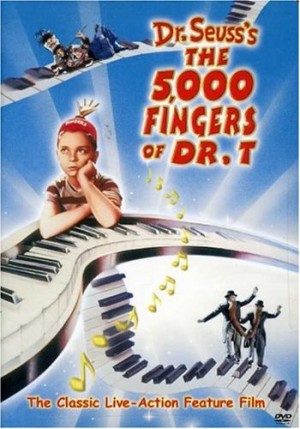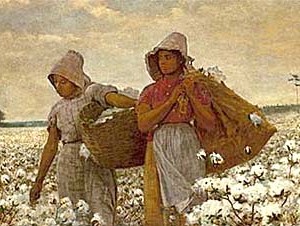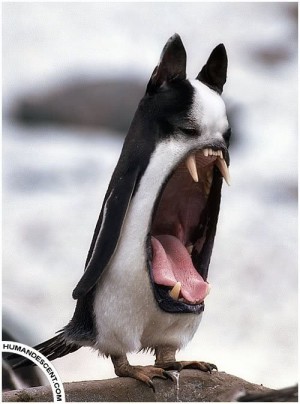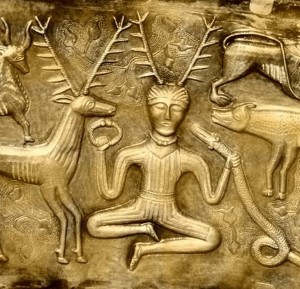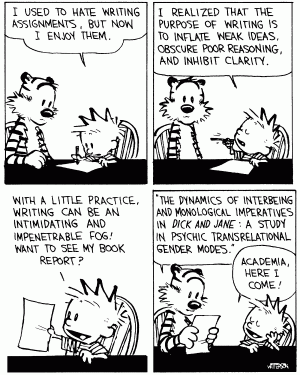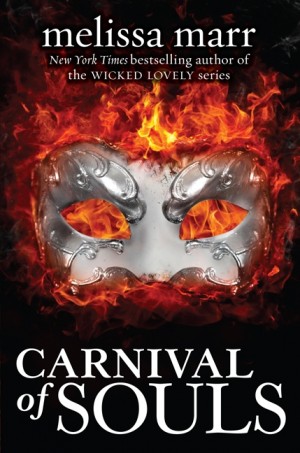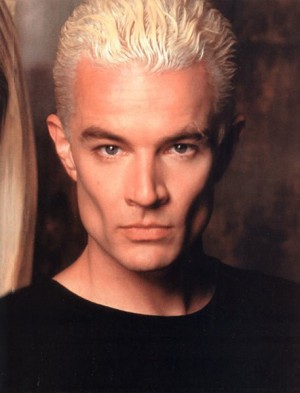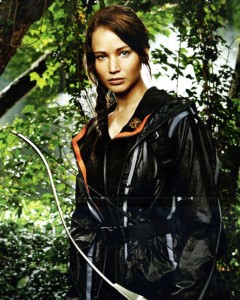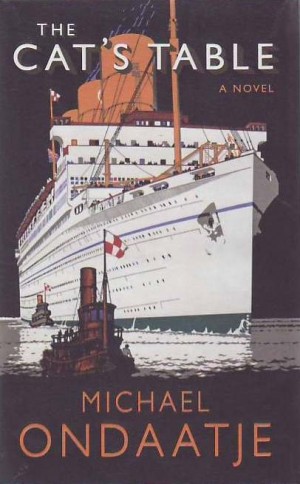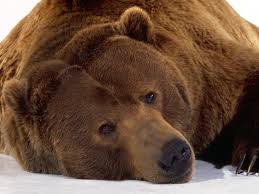
Get it? ‘Bear’ with me?
Hello all! I’m working a temporary job that is quite intensive; I thought I might be able to keep up a regular blog schedule but I don’t think I will be able to after all. Bear with me for the next two weeks, and after that I promise to get back to a regular blog schedule! Thanks for your patience.
